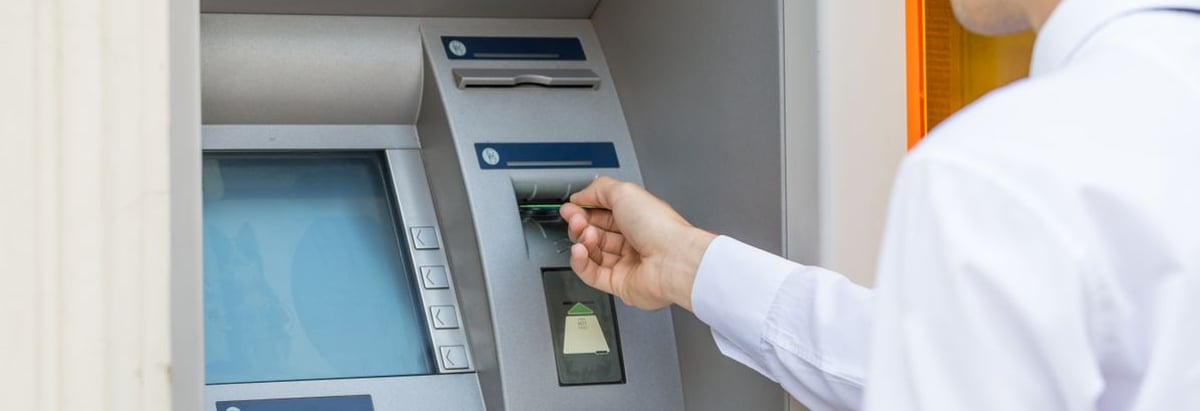Are You Considering All The Risks For ING Bank Slaski SA’s (WSE:ING)?

As a small cap company operating in a heavily regulated financial services sector, an investment in ING Bank Slaski SA (WSE:ING) has many factors to consider. One of the biggest risk it faces as a bank is bad loans, also known as credit risk. The ability for borrowers to repay their loans depends on the stability of their salary and interest rate levels which is impacted by macroeconomic events and in turn impacts the profitability of small banks. This is because bad debt is written off as an expense and impacts ING Bank Slaski’s bottom line and shareholders’ value. Today we will analyse ING Bank Slaski’s level of bad debt and liabilities in order to understand the risk involved with investing in ING Bank Slaski
See our latest analysis for ING Bank Slaski

Does ING Bank Slaski Understand Its Own Risks?
ING Bank Slaski’s understanding of its risk level can be estimated by its ability to forecast and provision for its bad loans. If it writes off more than 100% of the bad debt it provisioned for, then it has poorly anticipated the factors that may have contributed to a higher bad loan level which begs the question – does ING Bank Slaski understand its own risk?. With a bad loan to bad debt ratio of 77.45%, ING Bank Slaski has under-provisioned by -22.55% which is below the sensible margin of error, illustrating room for improvement in the bank's forecasting methodology.
What Is An Appropriate Level Of Risk?
ING Bank Slaski is engaging in risking lending practices if it is over-exposed to bad debt. Loans that cannot be recovered by the bank are known as bad loans and typically should make up less than 3% of its total loans. Bad debt is written off as expenses when loans are not repaid which directly impacts ING Bank Slaski’s bottom line. Since bad loans only make up 2.8% of total assets for the bank, it exhibits prudent bad debt management and faces an industry-average risk of default.How Big Is ING Bank Slaski’s Safety Net?
 ING Bank Slaski operates by lending out its various forms of borrowings. Customers’ deposits tend to carry the smallest risk given the relatively stable interest rate and amount available. Generally, the higher level of deposits a bank retains, the less risky it is deemed to be. ING Bank Slaski’s total deposit level of 91% of its total liabilities is very high and is well-above the sensible level of 50% for financial institutions. This may mean the bank is too cautious with its level of its safer form of borrowing and has plenty of headroom to take on risker forms of liability.
ING Bank Slaski operates by lending out its various forms of borrowings. Customers’ deposits tend to carry the smallest risk given the relatively stable interest rate and amount available. Generally, the higher level of deposits a bank retains, the less risky it is deemed to be. ING Bank Slaski’s total deposit level of 91% of its total liabilities is very high and is well-above the sensible level of 50% for financial institutions. This may mean the bank is too cautious with its level of its safer form of borrowing and has plenty of headroom to take on risker forms of liability. Next Steps:
Today, we've only explored one aspect of ING Bank Slaski. However, as a potential stock investment, there are many more fundamentals you need to consider. Below, I've compiled three relevant factors you should further research:
- Future Outlook: What are well-informed industry analysts predicting for ING’s future growth? Take a look at our free research report of analyst consensus for ING’s outlook.
- Valuation: What is ING worth today? Has the future growth potential already been factored into the price? The intrinsic value infographic in our free research report helps visualize whether ING is currently mispriced by the market.
- Other High-Performing Stocks: Are there other stocks that provide better prospects with proven track records? Explore our free list of these great stocks here.
To help readers see past the short term volatility of the financial market, we aim to bring you a long-term focused research analysis purely driven by fundamental data. Note that our analysis does not factor in the latest price-sensitive company announcements.
The author is an independent contributor and at the time of publication had no position in the stocks mentioned. For errors that warrant correction please contact the editor at editorial-team@simplywallst.com.
Simply Wall St analyst Simply Wall St and Simply Wall St have no position in any of the companies mentioned. This article is general in nature. We provide commentary based on historical data and analyst forecasts only using an unbiased methodology and our articles are not intended to be financial advice. It does not constitute a recommendation to buy or sell any stock and does not take account of your objectives, or your financial situation. We aim to bring you long-term focused analysis driven by fundamental data. Note that our analysis may not factor in the latest price-sensitive company announcements or qualitative material.
About WSE:ING
ING Bank Slaski
Together with our subsidiaries, provides various banking products and services for retail clients and businesses in Poland.
Established dividend payer and good value.
Market Insights
Community Narratives



